
It’s spring cleaning time again. And at London Drugs, we’re thrilled. No… honestly. We love the annual reminder to declutter, deep clean, and start fresh. This spring, we’ve already shared cleaning tips for the kitchen and for your computer.
But what about your vehicle?
If it’s been some time since you last gave your chariot a thorough cleaning, now’s the perfect time to tackle it: the weather is (slightly) warmer and the sun may even be peeking out. Even better? That sunshine will make the results of your cleaning look fabulous! And remember, you don’t need fancy detailing products to make your car look amazing, inside and out.
Below are 12 cleaning and detailing tricks we trust, using common household products.
6 Homestyle Tricks To Clean Your Car’s Exterior
 1. Shine Your Car With Hair Conditioner
1. Shine Your Car With Hair Conditioner
It sounds a bit strange, but you’ll be amazed by the results, especially if you use conditioners containing lanolin, a kind of wax. The bonus: conditioner is much easier to apply than traditional car waxes. You simply mix it with water, lather, apply, then rinse…just like your hair. And if conditioner isn’t your thing, you can make homemade car washing solutions, too.
2. De-Bug Your Grill With Dryer Sheets
If you’ve ever taken a Canadian summer road trip, you know all about that thick layer of bugs that develops on your car’s front bumper and grill. It’s often tough to remove and pretty icky. One approach: try rubbing it off with a dryer sheet. We’re not sure why it works, but it does. You’ll be relieved.
 3. Shine Your Tires With Olive Oil
3. Shine Your Tires With Olive Oil
Want to get your tires back to the deep black they had when they were brand new? There are a slew of customized products designed for doing just that, but regular olive oil works spectacularly well, too (actually, almost any vegetable oil works reasonably). After washing the tire and letting it dry, just rub the oil in liberally with a cloth. Voila.
4. Remove Rust Spots With Vinegar
Rust spots can a real pain: they spread quickly if left unchecked and are tough to repair. So if you only have small surface spots, so far, remove them right away with undiluted white vinegar. Lemon juice works, too. Just rub it into the rust, give the acids a few seconds to work, and wipe clean.
 5. Fill Scratches with Nail Polish
5. Fill Scratches with Nail Polish
After you’ve removed the rust, or (even better) before it forms, you can fill small paint scratches with nail polish. Sure, the results from vehicle paint patching kits might last longer. But if you’re looking for a quick way to protect, this might be it. And nail polish comes in so many shades that it’s dead easy to colour match. Just be sure the surface is dry before you apply and look for a polish that says it dries hard.
6. Use Toothpaste To Clean Headlights
That yellow-ish film that can develop on your headlights not only looks bad, but might block some of the light from making it to the street, to guide your way. A quick natural fix: baking soda toothpaste. Just brush it on and rinse it off.
6 Homestyle Tricks To Clean Your Car’s Interior
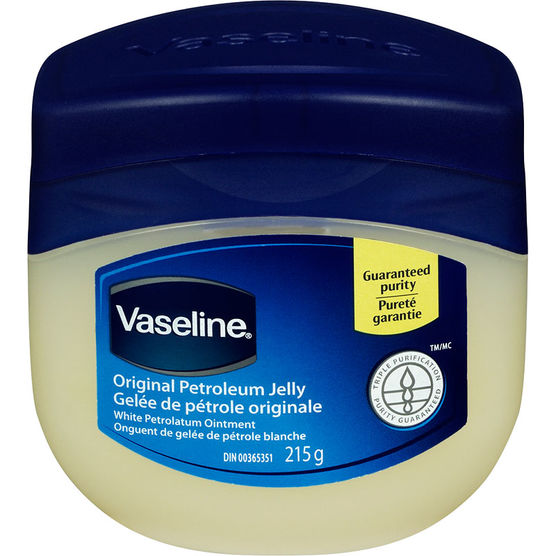 1. Recondition Your Dashboard with Vaseline
1. Recondition Your Dashboard with Vaseline
Once again, there are many products designed for detailing your vehicle’s dashboard and other soft, interior surfaces. But plain old petroleum jelly, known to many as Vaseline, works about as well as any of them, and it costs a lot less.
2. Remove Pet Hair with a Squeegee
This tip doesn’t apply to everyone, but some of us pet owners really need the help. Of course, a vacuum may be needed to remove every last hair and all the dander, but you’ll be surprised by how much you can clump up and pull out with just a couple sprays of water and a regular rubber squeegee.
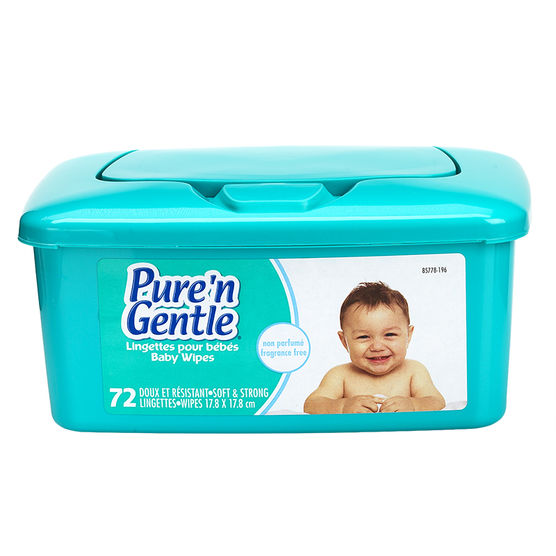 3. Clean Windows With Baby Wipes
3. Clean Windows With Baby Wipes
Glass cleaning sprays are great when you’re already cleaning the car, but they aren’t very convenient for day-to-day smudges and fingerprints inside your car. For that, keep a box of baby wipes handy. They couldn’t be more convenient and most leave only streak-free clarity behind.
4. Get Into Crevices With a Table Knife
Your car has many seams, cracks, and tight corners that even a standard ‘homestyle’ cleaning tool like a toothbrush won’t reach or clean very easily. To effectively get rid of that hairline grime, wrap the end of a regular tableware knife in a cloth and use it to scrub it out.
 5. Blast Dusty Vents With A Can of Air
5. Blast Dusty Vents With A Can of Air
You can try sucking the dusty build-up out of your vents with a vacuum, but enough accumulated crud will make that approach less than satisfying. Try spot blasting the vents with a can of air, instead. You might even already have one hanging around the house for cleaning dust out of your electronics.
6. Make Your Own Air Freshener with Essential Oils
Now that your car is clean inside and out, freshen its scent with a DIY air freshener. One method is to douse a wooden clothespin with essential oils and clip it to a vent. This approach gives you an almost endless number of natural smells to choose from.
What are your favourite homestyle cleaning tips? Or cleaning tips in general? We’d love to hear them. Until then, enjoy your spring cleaning. We know we will!


 The Woman in Cabin 10 by Ruth Ware
The Woman in Cabin 10 by Ruth Ware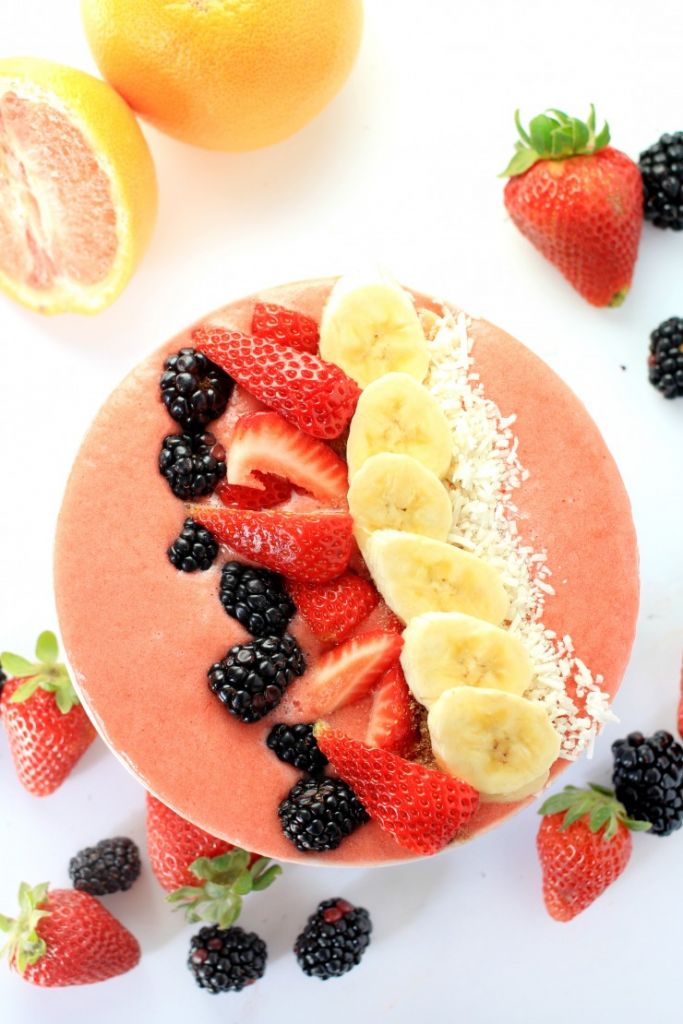
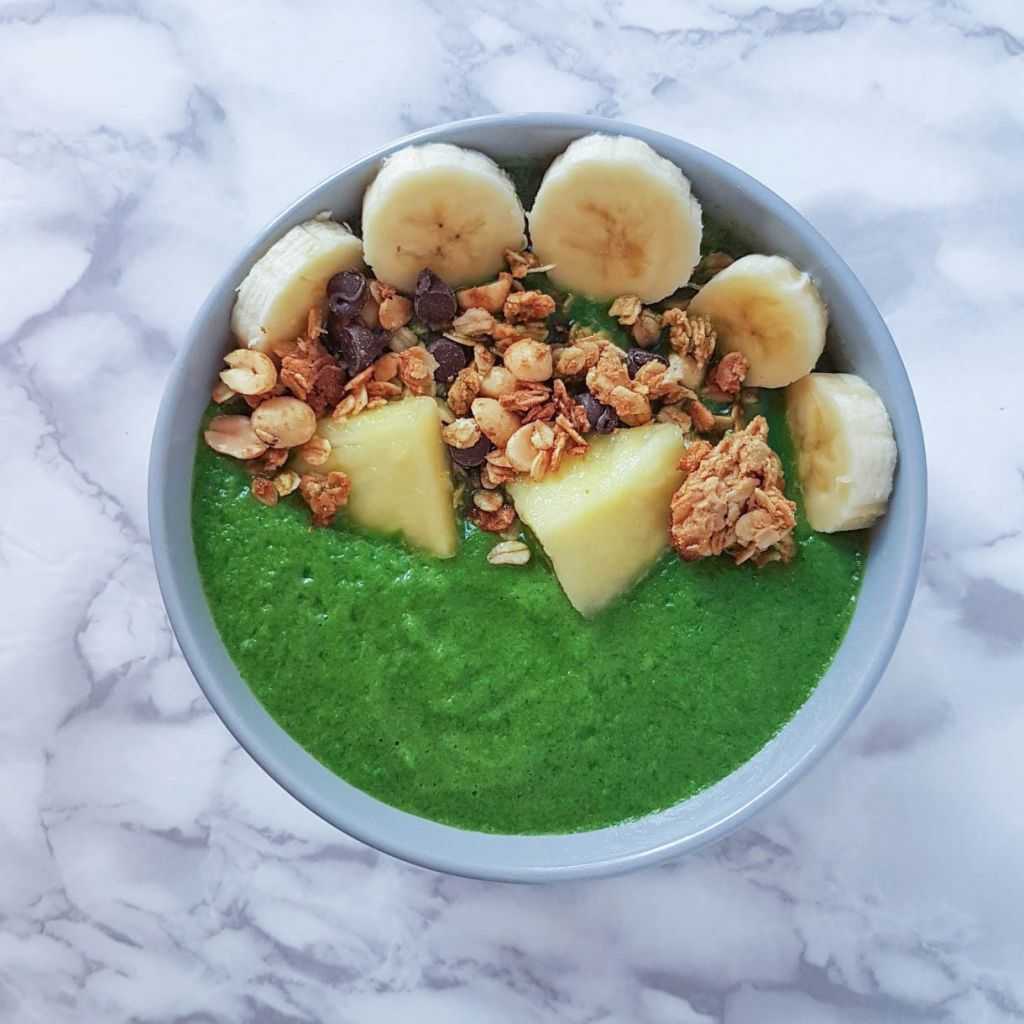












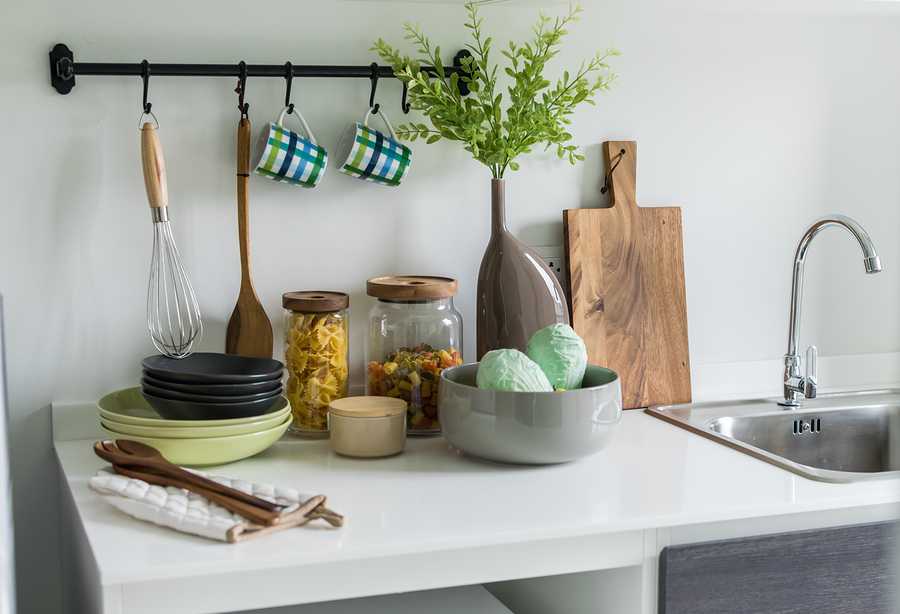
 What She Knew by Gilly MacMillan
What She Knew by Gilly MacMillan

 Pacific Rim Whale Festival
Pacific Rim Whale Festival Spring Rally in the Alley
Spring Rally in the Alley Fort Edmonton Park Day Camps
Fort Edmonton Park Day Camps The Royal Manitoba Winter Fair
The Royal Manitoba Winter Fair
